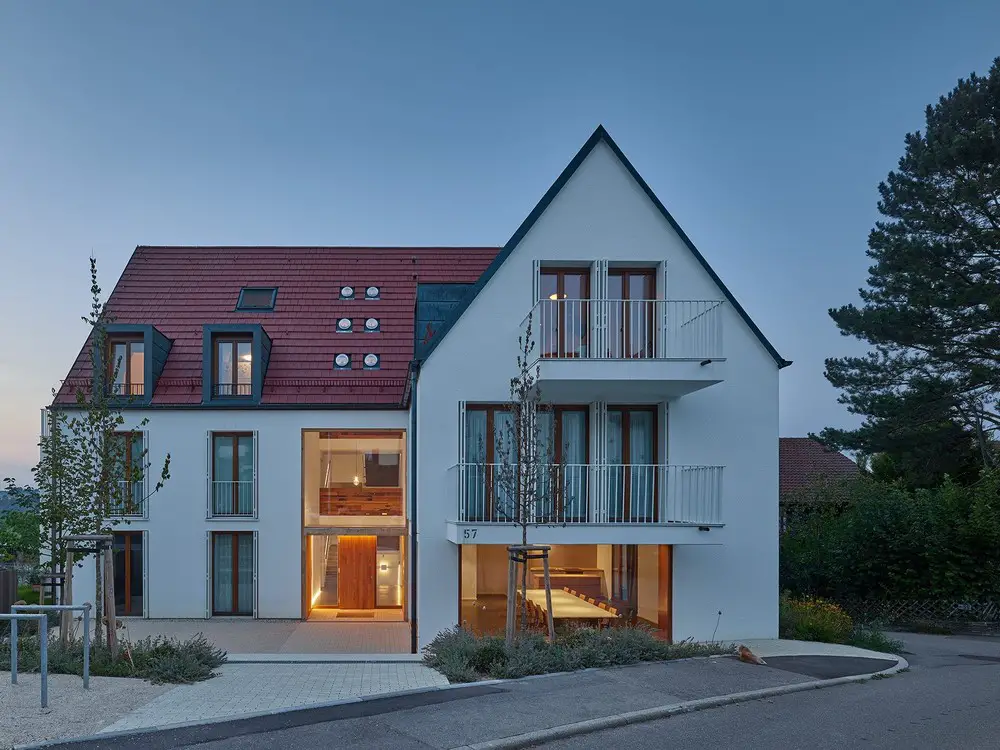The 2022 census reveals significant trends in homeownership and living space across Germany, highlighting changes in family housing and the growing number of seniors living alone.

More families in Germany own their homes, but numbers decline since 2011
According to the 2022 census, about 12.4 million families, or 57 percent, lived in owner-occupied homes as of May 15, 2022. This represents a decrease from 2011 when 65 percent of families owned their homes. The census defines families as couples with or without children and single parents with children. Among couples with children, 62 percent lived in their own homes.
Homeownership rates varied significantly across different regions of Germany. In Saarland, 74 percent of couples with children owned their homes, while in Berlin, only 25 percent did.
Family living space varies widely across Germany
The census also provided data on the living space available to families, regardless of whether they owned or rented their homes. On the census date, 7 percent of families lived in homes ranging from 40 to 59 square meters. A larger portion, 19 percent, lived in spaces between 60 to 79 square meters and 80 to 99 square meters. Fifteen percent of families had living spaces between 100 to 119 square meters or 120 to 139 square meters. Ten percent occupied spaces of 140 to 159 square meters, while 5 percent lived in homes of 160 to 179 square meters. Three percent of families occupied 180 to 199 square meters, and 6 percent lived in spaces of 200 square meters or more.
A growing number of seniors live alone, particularly in Eastern Germany
The census data also showed an increase in the number of households occupied by seniors living alone. Nearly 15.1 percent of all households in Germany consisted of single seniors as of the 2022 census, up from 12.5 percent in 2011. Seniors are defined as those who were 65 years or older on the census date.
The proportion of seniors living alone was especially high in eastern German states such as Saxony-Anhalt, Mecklenburg-Vorpommern, Saxony, and Thuringia, where the rate reached 17 percent. In contrast, this figure was lower in Bavaria, Baden-Württemberg, and Hesse, where approximately 14 percent of households consisted of single seniors. Among independent cities, Suhl had the highest percentage, with 21 percent of households occupied by single seniors, while Mainz and Heidelberg had the lowest, at 12 percent.








